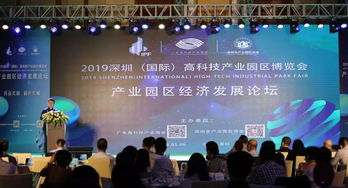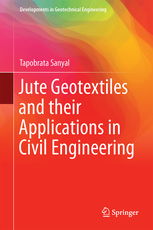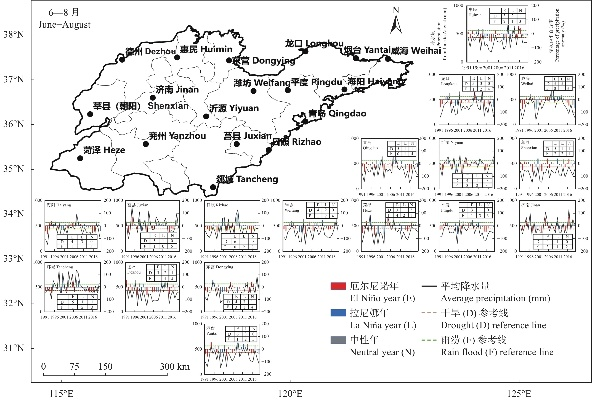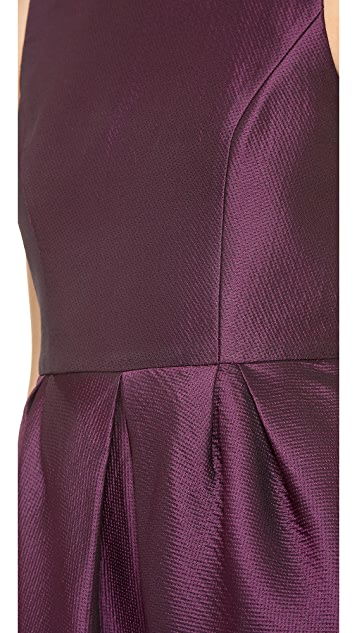The Status of Textile Testing Technologies
In the textile industry, testing technologies play a crucial role in ensuring quality and safety. The status of these technologies is evolving with advancements in technology and changing market demands. Textile testing techniques are becoming more sophisticated and accurate, providing better insights into the properties of textile products. This includes testing for durability, colorfastness, wrinkle resistance, etc. In addition, there is an increasing focus on environmentally friendly testing methods that minimize waste and reduce harm to the environment. As such, the future of textile testing looks promising, with continued innovation leading to improved products and services for consumers worldwide.
Introduction: Textiles are an integral part of our daily lives, from everyday wear to luxury fashion. As demand for high-quality textiles continues to rise, the testing technologies used in these fabrics play a critical role in ensuring their safety, durability, and compliance with standards. In this article, we will explore the current state of textile testing technologies and highlight some notable advancements and challenges faced in the industry.
Textile Testing Techniques: Textile testing techniques include various laboratory tests and field tests that assess the properties of textiles, such as strength, tear resistance, colorfastness, and water resistance. Some commonly employed techniques are:
- Tensile testing: This technique measures the breaking force required to separate two surfaces of a textile sample.
- Tear testing: This method evaluates the ability of a textile to resist tears when subjected to specific forces.
- Colorfastness testing: This involves evaluating the resistance of a textile against changes in color due to exposure to light, chemicals, or other conditions.
- Water resistance testing: This technique assesses the ability of a textile to retain its shape and integrity when exposed to liquids, including water.
- Shrinkage testing: This method measures the extent to which textiles shrink during manufacturing processes.
- Moisture absorption testing: This technique evaluates the rate at which a textile absorbs moisture and how it affects its performance.
- Static and dynamic mechanical analysis (DMA): These tests measure the elasticity, toughness, and flexibility of textile samples under various stress conditions.
- Extreme temperature and humidity testing: This method simulates real-world conditions by exposing textile samples to extreme temperatures and humidity levels.
Advancements in Textile Testing Technologies: In recent years, significant advancements have been made in the field of textile testing technologies. For instance, machine learning algorithms are now being used to analyze large amounts of data generated from various testing methods to improve accuracy and efficiency. Additionally, advanced sensor technology is being developed to monitor the performance of textile samples continuously during testing, enabling real-time adjustments and optimization.
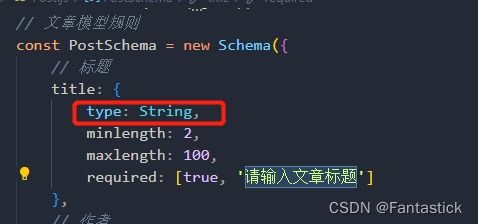
Case Studies: One prominent case study in textile testing technology is the use of computerized testing machines (CMTs) for tensile testing. These machines are equipped with advanced software that can automatically calculate and record the results of multiple samples simultaneously, reducing the time and cost involved in testing. Another example is the implementation of smart materials in textiles, such as conductive threads and nanofibers. These materials not only enhance the aesthetic appeal of garments but also offer new opportunities for testing technologies, such as nondestructive inspection methods that can detect defects in real-time.
Challenges Faced by Textile Testing Technologies: Despite the advances made in recent years, there are still several challenges facing textile testing technologies. One of the main challenges is the need for standardization across different testing methods and equipment manufacturers. This lack of uniformity can complicate data comparison and interpretation among researchers and manufacturers alike.
Another challenge is the limited scope of many traditional testing methods, particularly in terms of measuring the impact of environmental factors on textile properties over long periods. Additionally, the cost of maintaining and operating specialized testing facilities can be prohibitive for small businesses and emerging industries.
Conclusion: As we move forward into an increasingly complex and competitive world of textiles, the importance of accurate and reliable test technologies cannot be understated. Advances in machine learning, sensor technology, and other innovative approaches are poised to revolutionize the way textile testing is performed. However, achieving this goal requires concerted efforts from all stakeholders, including researchers, manufacturers, and consumers, to overcome the challenges faced in the industry today. By embracing new technologies and collaborating on solutions to common issues, we can ensure that textiles continue to meet the needs and expectations of future generations.
随着纺织行业的快速发展,纺织品的质量和性能测试技术已成为确保产品质量和满足消费者需求的关键环节,本文将深入探讨纺织品测试技术的现状,并通过案例分析进一步说明其重要性。
纺织品测试技术现状
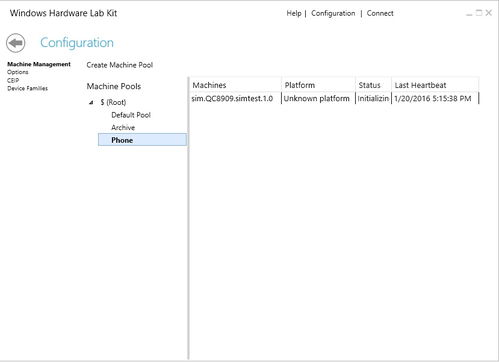
测试方法与技术进步
纺织品测试技术已经从传统的物理性能测试发展到包括纤维结构分析、化学成分检测、环保性能评估等多个领域的综合测试,先进的纤维结构分析技术可以精确测定纤维的密度、细度等物理指标,同时还可以进行织物抗皱性、吸湿性等化学性能测试,现代纺织品检测还引入了大数据、人工智能等先进技术,提高了测试的准确性和效率。
国内外测试标准与法规
国内外对于纺织品测试标准与法规的制定和实施都越来越重视,国内已经制定了一系列针对纺织品质量安全的标准和法规,以确保纺织品的质量和安全,国际上也有越来越多的国家和地区开始实施更加严格的纺织品质量安全标准,以保护消费者的权益和提高纺织品的质量水平。
实际应用案例
以某知名品牌纺织品为例,其采用了先进的纤维结构分析技术进行产品质量控制,该品牌的产品在经过严格的测试后,可以确保其纤维结构稳定、性能优异,从而提高了产品的质量和市场竞争力,还有一些企业开始引入环保性能评估技术,以降低产品的环境影响,符合日益严格的环保要求。
案例分析
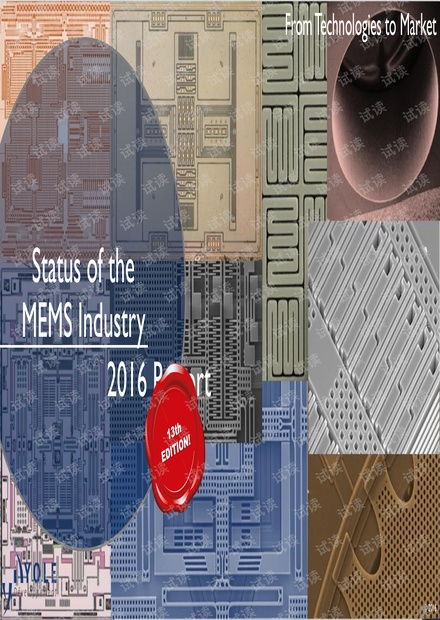
先进纤维结构分析技术的应用
某服装品牌采用了先进的纤维结构分析技术进行产品质量控制,该技术可以精确测定纤维的密度、细度等物理指标,同时还可以进行织物抗皱性、吸湿性等化学性能测试,通过该技术的应用,该品牌的产品不仅质量稳定可靠,而且外观和手感也得到了显著提升。
环保性能评估技术的应用
随着环保意识的提高,越来越多的纺织品开始注重环保性能评估,一些企业开始引入环保性能评估技术,以降低产品的环境影响,一些企业采用生物降解材料制作纺织品,以减少对环境的污染,还有一些企业采用循环利用材料的方式,提高纺织品的利用率和回收率,这些技术的应用不仅可以提高纺织品的环保性能,也可以提高企业的经济效益和社会责任。
纺织品测试技术的现状表明,随着科技的不断发展,纺织品测试技术已经从传统的物理性能测试发展到多个领域的综合测试,国内外对于纺织品测试标准与法规的制定和实施也越来越重视,在应用方面,先进纤维结构分析技术和环保性能评估技术的应用越来越广泛,随着科技的不断发展,纺织品测试技术将会更加智能化、精准化,为纺织品的生产和销售提供更加可靠的数据支持。
Articles related to the knowledge points of this article:
The Future of Fashion with Rayc程纺织品 Your Gateway to Luxurious Textiles
Chinas Progressive Tariff Rate System for Imported Textile Goods
The Status of Ningde Textiles:A Look at Market Changes and Case Studies
A Glimpse into Ruiyang Textiles Factory
The Impact of Textile Design Software Icons on Industrial Innovation
